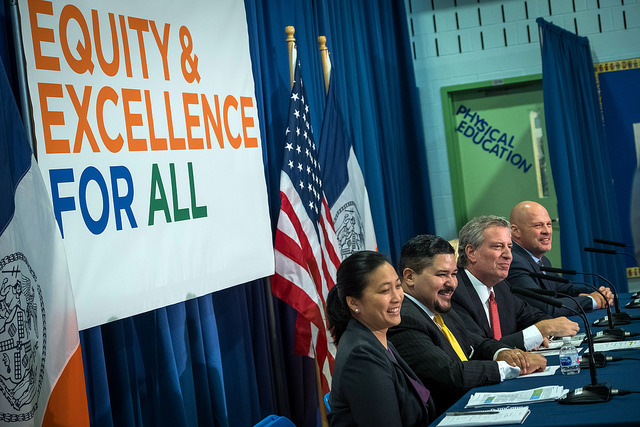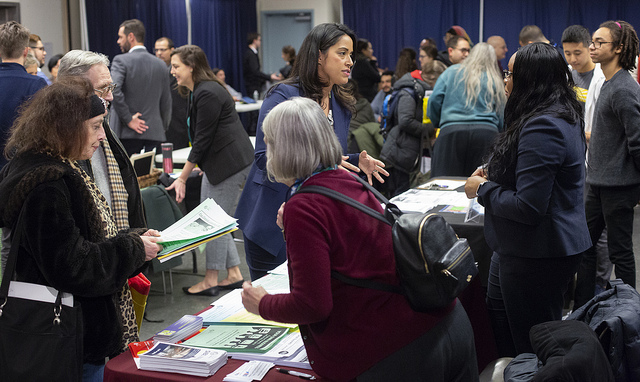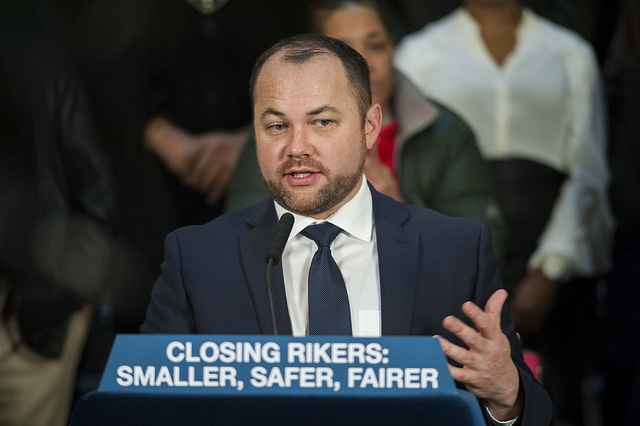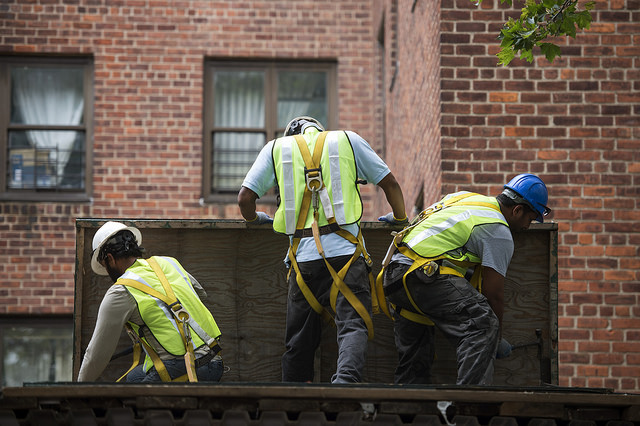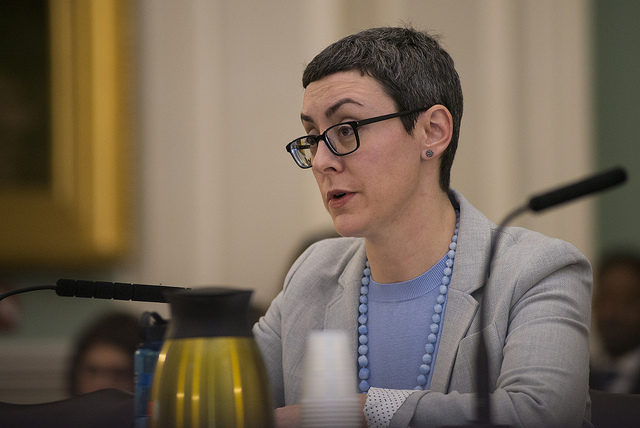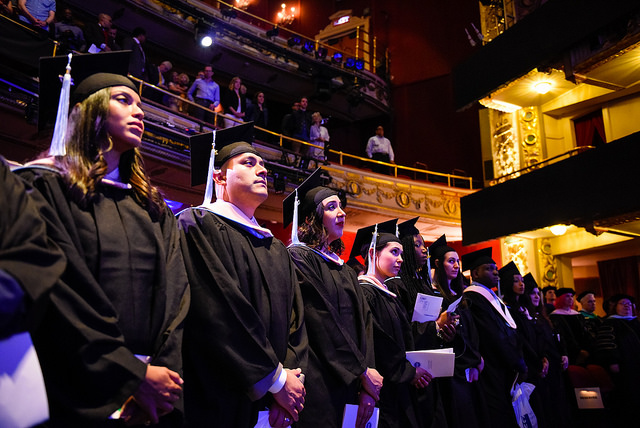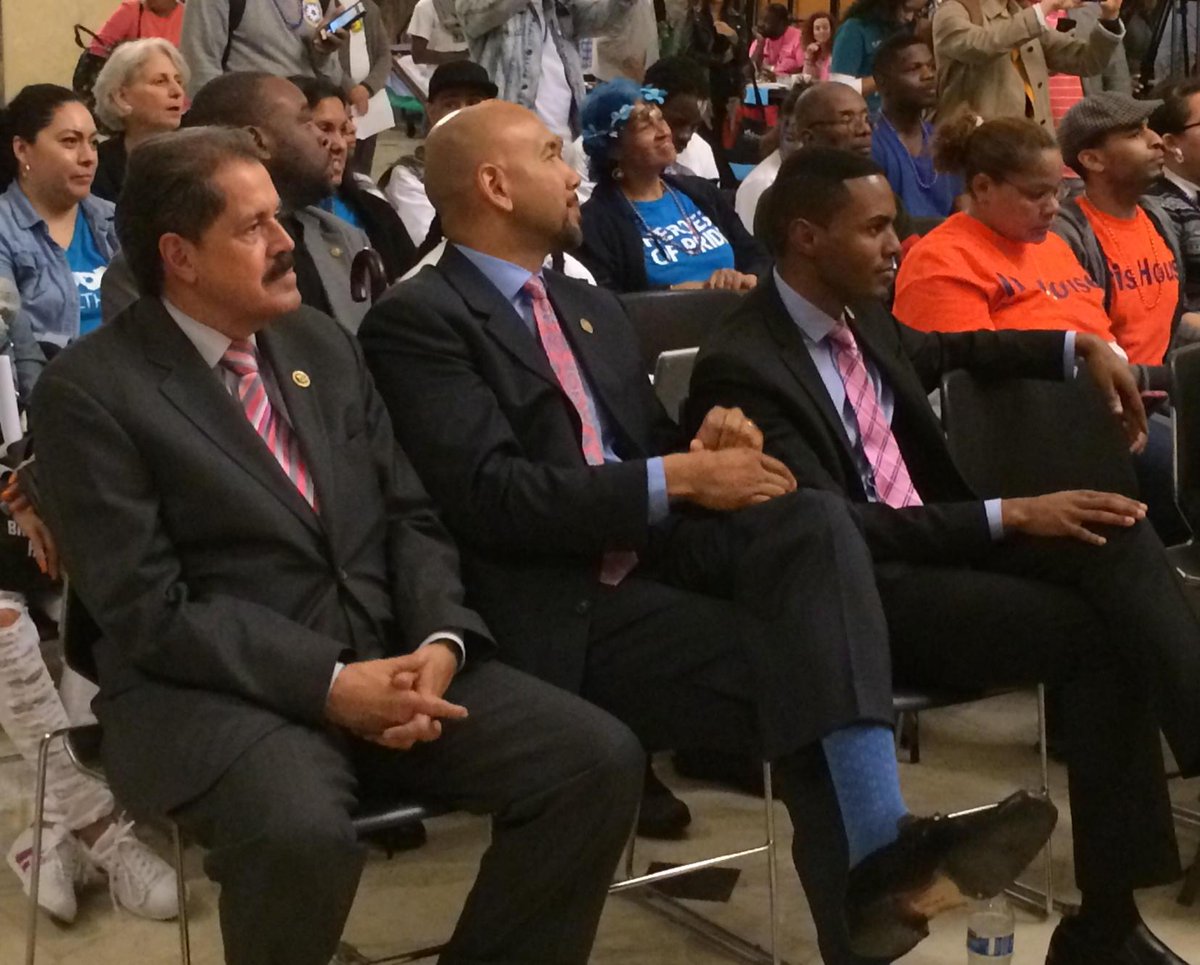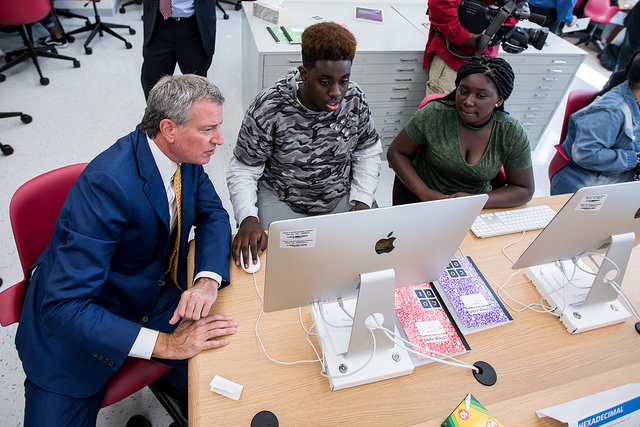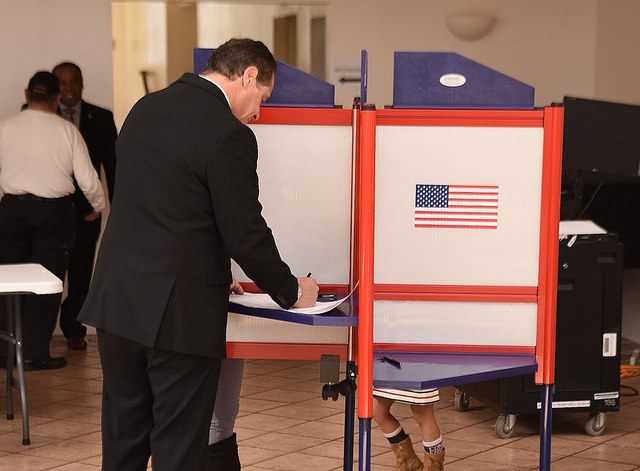
(photo: 123rf rawpixel)
It’s 10 a.m. in Ms. Montalvo-Teller’s second grade science lab at P.S. 75. A group of students are happily scarfing down kale, arugula, and bok choy leaves they grew themselves. While they enjoy their snack, Ms. Montalvo-Teller engages them in a science lesson about what parts of the plant we eat. And, Ms. Montalvo-Teller says, many will then go home and pester their parents to buy more of the tasty greens for dinner.
These kids are getting great food and nutrition education that will help them develop as healthy eaters and advocates for good food. Yet there is no guarantee that students in the school down the street, or in other schools across the city, are getting similar opportunities. In fact, according to a recent study, almost half of our city’s schools lack access to external food and nutrition education programs.
We face incredible odds in helping our children eat well. Show us a parent who hasn’t had to contend with the colorful sugar-cereal aisle, the athlete’s face on the soda can, or the fast food toy promotion. And parents who struggle to put any food at all on the table face even more challenges.
That’s where school-based food and nutrition education comes in. The evidence shows, and parents know, that when children are excited and empowered to eat well, they will.
Kindergarteners visiting the local farmers market. Fifth-graders cooking and sharing a meal together. High school seniors learning to combat how structural racism makes healthful foods inaccessible in some communities. In all its forms, food and nutrition education engages students in navigating our challenging food supply. And, with students eating up to three meals and a snack during the school day, they have the chance to put new skills into practice within hours of learning them.
With school-based food and nutrition education, we can improve our children’s health, our communities’ health, and even the health of our planet. Food and nutrition education is a key to combating childhood obesity. In New York City, one in five kindergarten students is obese and the ratio is even higher for black and Latino children.
Eating a nutritious diet improves students’ physical, mental, and emotional health. They learn better today and avoid a host of chronic diseases down the line. Many of our city’s communities lack access to healthy and affordable food. Students who have learned to look critically at the types of foods available in their neighborhoods go on to launch campaigns for better choices in their local bodegas.
And of course, we can’t ignore climate change. Children who learn about the impact of food and agriculture on the environment grow up to be conscious consumers and advocates for a more sustainable food system.
All New York City students deserve healthy, equitable, sustainable, and culturally-responsive food access and education. Yet the city’s Department of Education (DOE) does not provide any data on which students are getting food and nutrition education, how much they are getting, or who is delivering it. Anecdotally, we know there are more teachers like Ms. Montalvo-Teller in schools across the city. And according to a Tisch Food Center report, we also know that there are dozens of organizations that provide food and nutrition education to just over half the city’s schools. Yet the picture is far from complete.
That is why we are behind a bill in the City Council, Intro. 1283-2018, that would require the DOE to report on school-based food and nutrition education. DOE needs to shine a light on the gaps in food and nutrition education so that parents, students, educators, advocates, and policy-makers can craft equitable policies that direct resources to the schools and students that need them most. The City Council can’t legislate the implementation of food and nutrition education, but it can require reporting and transparency, which will help highlight and expand what is already happening.
We wouldn’t give a child a book and expect them to understand it without learning to read and analyze the words. Faced with today’s food supply, children likewise need and deserve education that empowers them to prepare, enjoy, and ask for good food. As the children in Ms. Montalvo-Teller’s class will tell you, growing your own salad is a fun way to eat your greens. Let’s make sure food and nutrition education like this is on every student’s academic menu. Passing the food and nutrition education reporting bill is just the first course.
***
City Council Member Mark Treyger represents parts of Brooklyn and chairs the Council’s education committee; Gale Brewer is Manhattan Borough President; and Dr. Pamela Koch is Executive Director of Columbia University’s Tisch Center for Food, Education & Policy. On Twitter @MarkTreyger718 & @galeabrewer & @pam_koch & @tischfoodcenter.
***
Have an op-ed idea or submission for Gotham Gazette? Email This email address is being protected from spambots. You need JavaScript enabled to view it.
